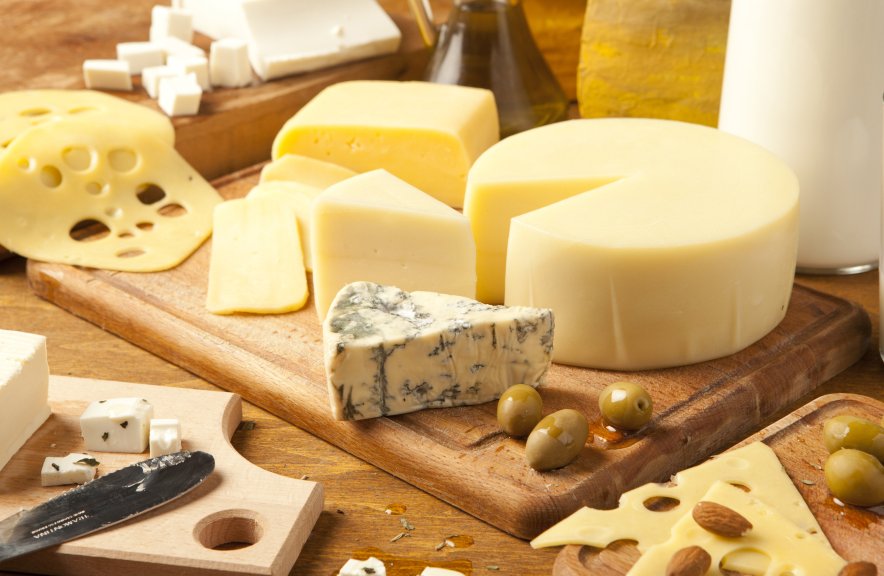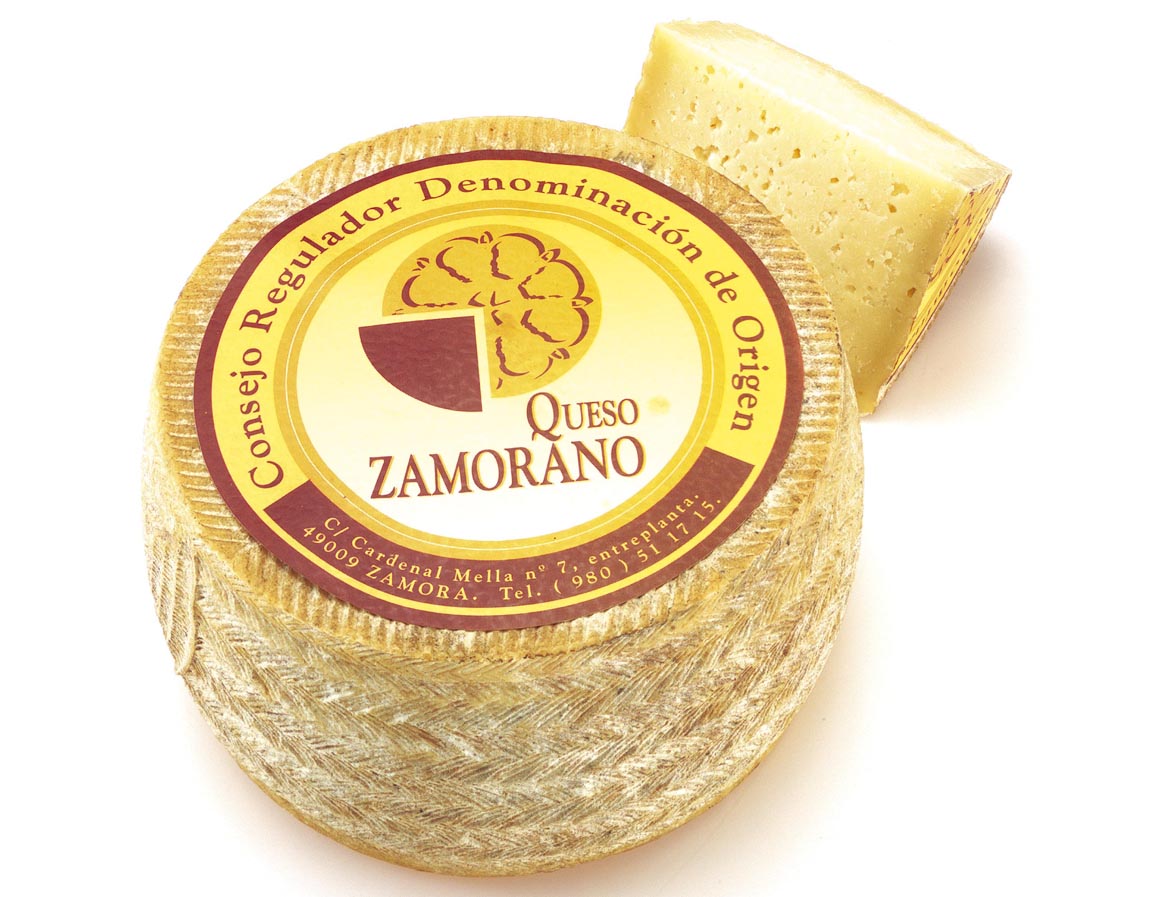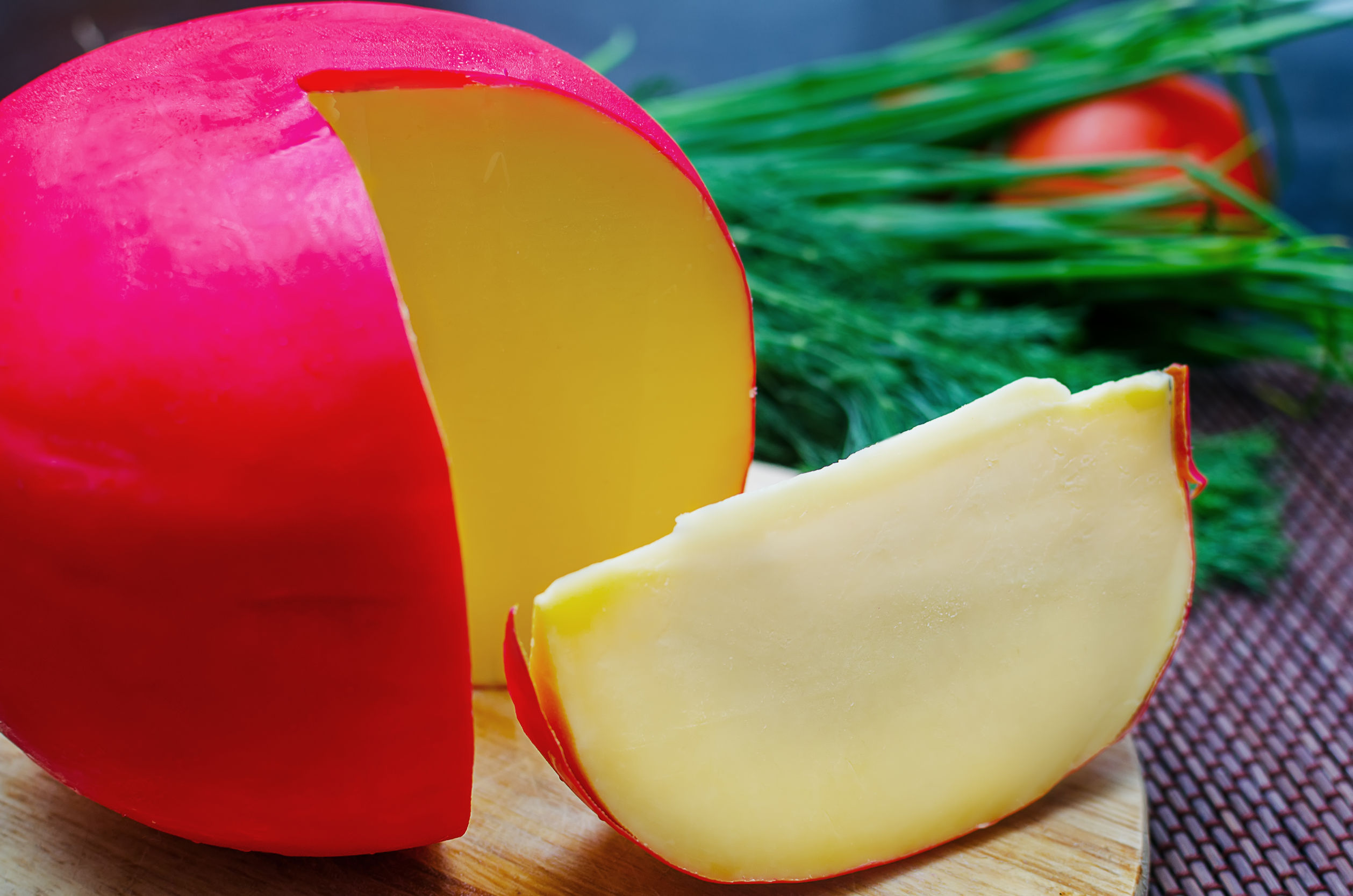Throughout the Spanish geography, there are numerous types of cow, goat, sheep and mixed cheeses. Some regions are well known for their cheeses, as is the case of Manchego cheese. Denomination of Originand many others that lack it, all of which are part of our Mediterranean diet.
They can be fresh, cured, pressed or unpressed, creamy, blue, raw or pasteurized milk, etc. Our consumption of cheese can cover approximately 65% of our calcium needs. For vegetarians consuming vegetarian products, the
cheese
is an indispensable complement in your diet, since it makes up for the proteins in meat.

Cheeses can be used in a thousand different ways, in a multitude of recipes and dishes; for salads, in baked dishes, in an infinite number of desserts, etc.
Some of the most common cheeses that can be found in any supermarket, both domestic and imported, are:
- Burgos cheese: it is a typical fresh cheese from the province of Burgos and one of the most representative of Castilla y Leon. It is a white, soft, watery cheese, originally made from sheep’s milk, but nowadays it is made from cow’s milk. It is consumed within a few hours of being made.
- Manchego cheese: cheese made in Castilla la Mancha; it is made from sheep’s milk, raw or pasteurized, and according to its maturation, it is presented in its different curing processes.
- Zamorano Cheese: cheese made in the province of Zamora; made from sheep’s milk of the native breeds Churra and Castellana, typical of this province; it is a pressed cheese, with physical characteristics similar to Manchego cheese, but with very special organoleptic characteristics from the raw material.

- Blue cheese: among the blue cheeses, Cabrales, made in the Cabrales region (Asturias) from cow’s, goat’s and sheep’s milk, stands out in our country. A blue cheese is also made in the province of Leon, called Queso de Valdeón, from cow’s milk, goat’s milk, or both. Both are cheeses with a rather strong flavor and high fat content. Another widely consumed blue cheese is Roquefort cheese, produced in the Roquefort region (France).
- Camembert cheese: originally produced in the region of Normandy, France, although it is currently produced all over the world. It is characterized because its bark is covered by whitish mold. It is a soft cheese with an unctuous aspect, emblem of French gastronomy.
- Edam cheese: Dutch cheese, made in the form of balls covered with kerosene, generally red; it is made from pasteurized cow’s milk, and is characterized by its firm texture and few eyes, in addition to its external color.

- Emmental cheese: Swiss cheese, made from cow’s milk; cheeses of dry appearance, yellow color and characteristic for its large holes; they are produced with an approximate weight of 50 kg.
- Mozzarella cheese: cheese of Italian origin, originally made from buffalo milk; it is a fresh cheese, of short maturation and with a not very high fat content. It is currently made with cow’s milk.
- Parmesan cheese: cheese originating from the monasteries and castles of the Italian Middle Ages; made from cow’s milk, it is currently a Protected Designation of Origin product called “Parmigiano reggiano”.
